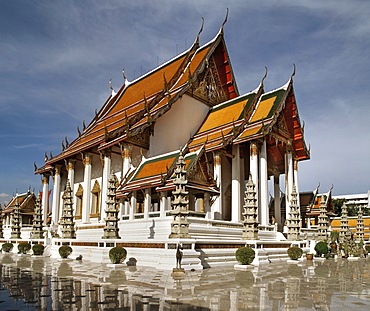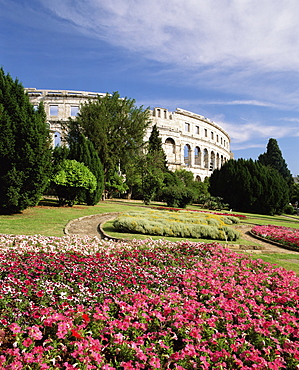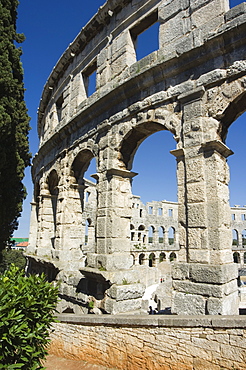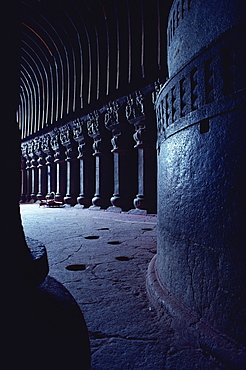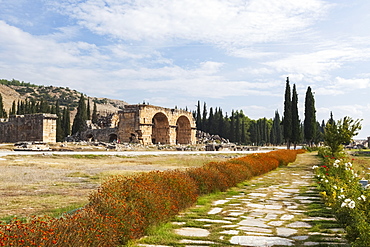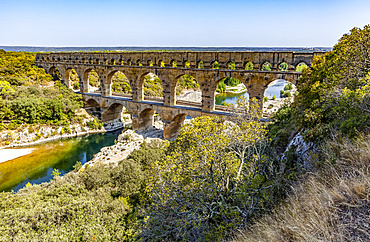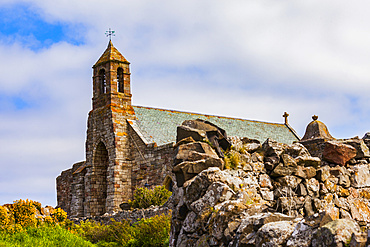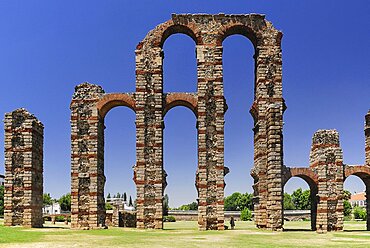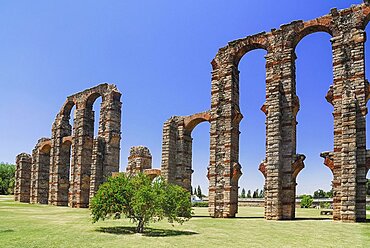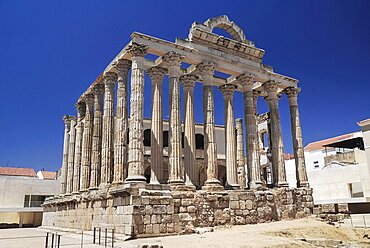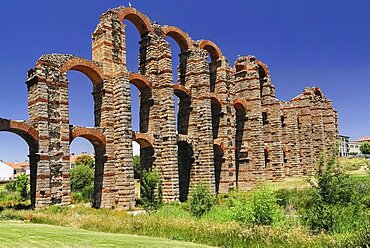Results
22 results found
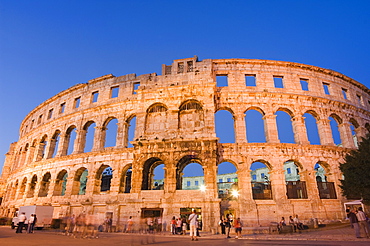
The 1st century Roman amphitheatre bathed in early evening light, Pula, Istria Coast, Croatia, Europe

Leeds Castle, first used as a royal castle in the 9th century, rebuilt in stone by the Normans around 1120, near Maidstone, Kent, England, United Kingdom, Europe
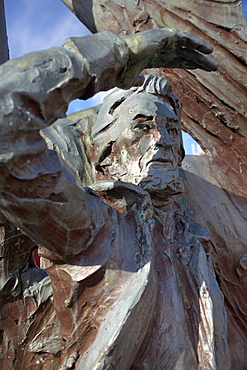
Statue of Nolsoyar Pall (Poul Poulsen Nolsoe), Faroese national hero, seaman, trader, poet, farmer, and boat builder, who in the early 19th century ran the first Faroese trading ship since Viking times, by Hans Pauli Olsen, Faroe Islands (Faroes), Denmark, Europe
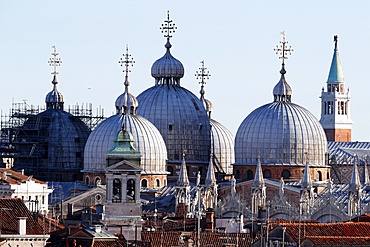
Roof of the Basilica San Marco, an example of Byzantine architecture first built in the 9th century, Venice, UNESCO World Heritage Site, Veneto, Italy, Europe
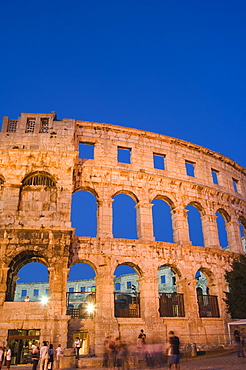
The 1st century Roman amphitheatre bathed in early evening light, Pula, Istria Coast, Croatia, Europe
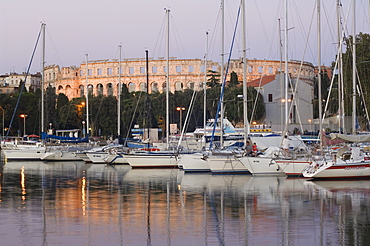
Yachts in the harbour, with the 1st century Roman amphitheatre beyond in evening light, Pula, Istria coast, Croatia, Adriatic, Europe
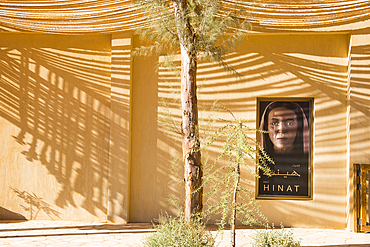
First digital physical reconstruction of a Nabataean woman, Hinat, 2nd to 1st centuries BCE, from 3D skull scan, Hegra, Medina Province, Saudi Arabia
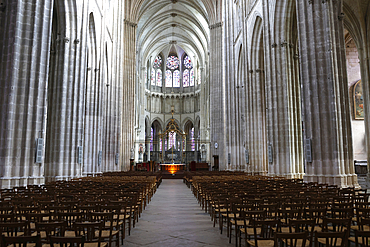
Auxerre cathedral dedicated to Saint Stephan. The cathedral is a masterpiece of Gothic architecture from the first half of the 13th century. The nave and its vault. Auxerre. France.
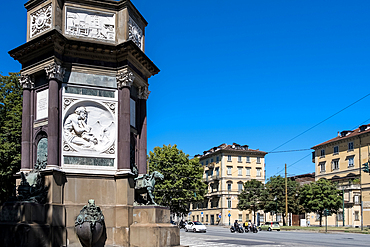
Architectural detail of the Monumental Arch to the Artillery Force, constructed in the 19th century, as tribute to the First Artillery Regiment, Piazza Vittorio Veneto, Turin, Piedmont, Italy, Europe
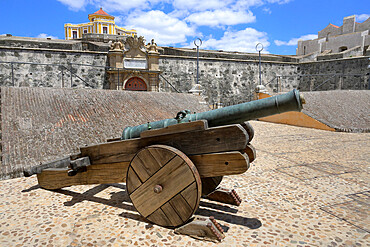
The 18th century Fort Conde de Lippe (Our Lady of Grace Fort), UNESCO World Heritage Site, Artillery piece in the first courtyard, Elvas, Alentejo, Portugal, Europe
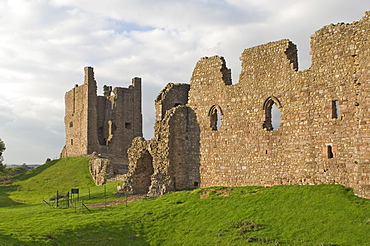
Brough Castle, dating back to the 11th century, believed to be the first stone built castle in England, and built within the earthworks of a Roman fort, Cumbria, England, United Kingdom, Europe
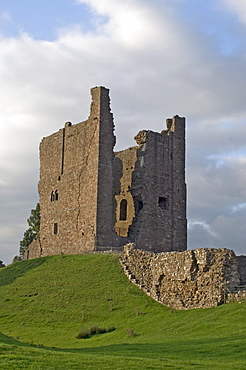
The keep, Brough Castle, dating back to the 11th century, believed to be the first stone built castle in England, and built within the earthworks of a Roman fort, Cumbria, England, United Kingdom, Europe
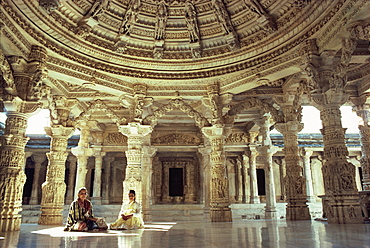
Interior of Vimal Vasahi Temple built in the 11th century dedicated to the first Jain sain, Mount Abu, Rajasthan state, India, Asia
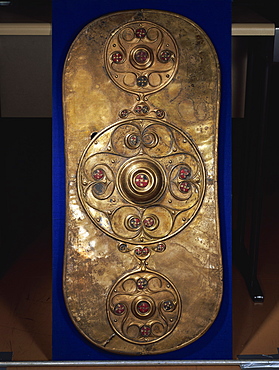
The Battersea Shield, Celtic, from early Iron Age in the first century AD, British Museum, London, England, United Kingdom, Europe
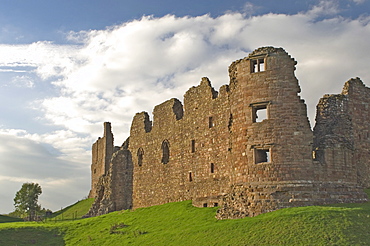
Brough Castle, dating back to the 11th century, believed to be the first stone built castle in England, built within the earthworks of a Roman fort, Cumbria, England, United Kingdom, Europe
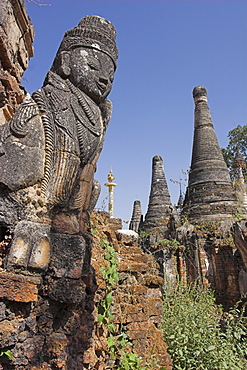
Kakku Buddhist Ruins, said to contain over two thousand brick and laterite stupas, legend holds that the first stupas were erected in the 12th century by Alaungsithu, King of Bagan (Pagan), Shan State, Myanmar (Burma), Asia

Kakku Buddhist Ruins, said to contain over two thousand brick and laterite stupas, legend holds that the first stupas were erected in the 12th century by Alaungsithu, King of Bagan (Pagan), Shan State, Myanmar (Burma), Asia
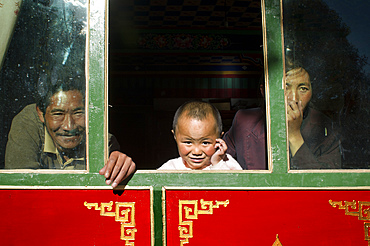
Local people inside a house in Gyantse village or Gyangze town, Tibet, China. Located in the northeast of Gyantse at 3900 meters above sea level. Pelkor Chode Monastery, or rather Palcho Monastery in Tibetan language means auspicious monastery. It was first built in early 15th century and took 10 years to complete. Because it was built when different religious sectors conflicted neck and neck in Tibet, Sakyapa, Kadampa and Gelukpa of Tibetan Buddhism coexist in it. Each religious sector has five to six Dratsang schools in the monastery.
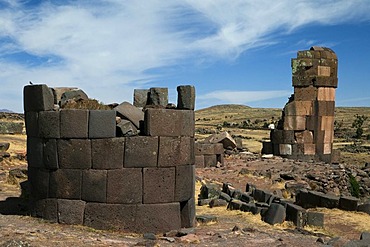
Burial towers called chullpas, of the Aymara people from the Colla culture above Lake Umayo near Puno, conquered by the Incas in the 15th Century and reused, Puno, Peru, South America
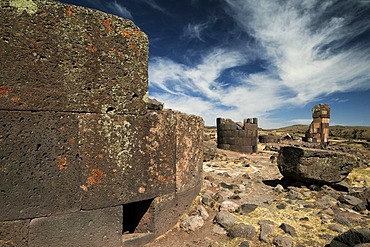
Burial towers called chullpas, of the Aymara people from the Colla culture above Lake Umayo near Puno, conquered by the Incas in the 15th Century and reused, Puno, Peru, South America
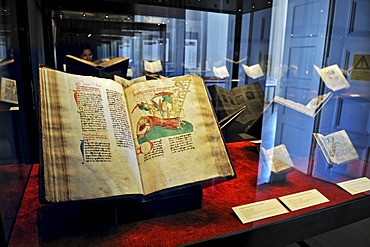
Bavarian State Library, first floor, exhibition in the Treasury, When letters became mobile ? transition of media in the 15th century, historical Bible from 1428, Munich, Bavaria, Germany, Europe
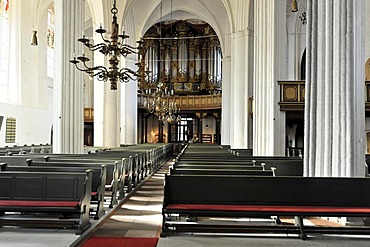
Nave with organ, Church of St. Wilhadi, built during the first half of the 14th Century, Hanseatic town of Stade, Lower Saxony, Germany, Europe
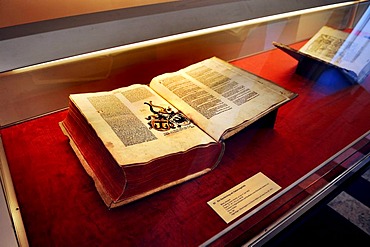
Bavarian State Library, first floor, exhibition in the Treasury, When letters became mobile ? transition of media in the 15th century, Bible from circa 1466, Munich, Bavaria, Germany, Europe
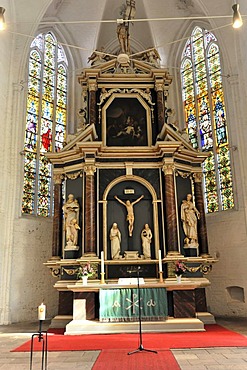
Altar area, Church of St. Wilhadi, built during the first half of the 14th Century, Hanseatic town of Stade, Lower Saxony, Germany, Europe
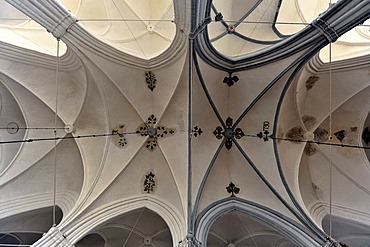
Ceiling view from the nave, Church of St. Wilhadi, built during the first half of the 14th Century, Hanseatic town of Stade, Lower Saxony, Germany, Europe
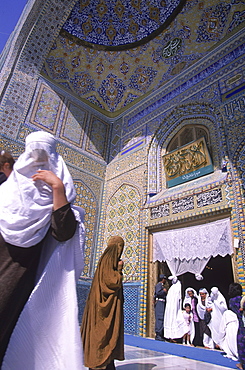
Women in burqas flock like doves to the entrance of the main mosque at the Blue Mosque complex, Mazar-i-Sharif, Balkh Province, September 23, 2002. Wednesday mornings are reserved for women to come and worship at the mosque.Elaborate tilework and decorated spires adorn the mosque, also known as the Shrine of Hazrat Ali (Hazrat Ali was the son-in-law of the prophet Mohammed), who is believed to be buried here. The shrine, of particular importance for Afghanistan's Shi'ite Muslims, was first built in the 12th century, destroyed by Genghis Khan, and rebuilt in 1481. The current mosque, considered by some to be one of the most beautiful in Central Asia, is a modern restoration.

A man feeds white doves at dawn in front of the Blue Mosque, Mazar-i-Sharif, Balkh Province. Hundreds of doves, who are fed by worshippers and tended by special workers, live around the mosque, and it is thought that the place is so holy that a grey or brown dove will turn white if it lands on the Mosque. The mosque is also known as the Shrine of Hazrat Ali (Hazrat Ali was the son-in-law of the prophet Mohammed), who is believed to be buried here. The shrine, of particular importance for Afghanistan's Shi'ite Muslims, was first built in the 12th century, destroyed by Genghis Khan, and rebuilt in 1481. The current mosque, considered by some to be one of the most beautiful in Central Asia, is a modern restoration.
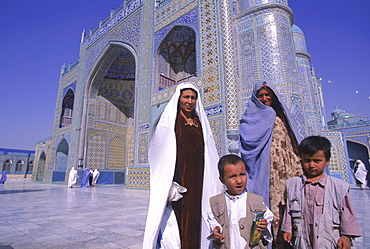
Tajik women proudly pose with their children, burqa's thrown back, in front of the main entrance to the Blue Mosque, Mazar-i-Sharif, Balkh Province. Wednesday mornings are reserved for women to come and worship at the mosque. Elaborate tilework and decorated spires adorn the mosque, also known as the Shrine of Hazrat Ali (Hazrat Ali was the son-in-law of the prophet Mohammed), who is believed to be buried here. The shrine, of particular importance for Afghanistan's Shi'ite Muslims, was first built in the 12th century, destroyed by Genghis Khan, and rebuilt in 1481. The current mosque, considered by some to be one of the most beautiful in Central Asia, is a modern restoration.

Church and plaza. In the 8th century BC, an Illyrian tribe known as the Liburnians, great sailors and merchants, first settled the area, and the city of Jadera, today known as Zadar, Croatia.
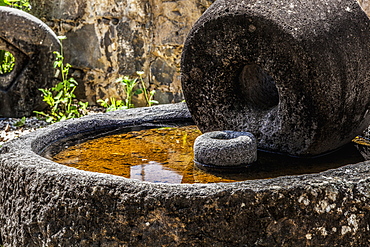
Old Millstone From The Time Of Christ That Was Uncovered In Capernaum On The North Shore Of The Sea Of Galilee, This Grinding Wheel Which Could Work Even Today, Capernaum, Israel
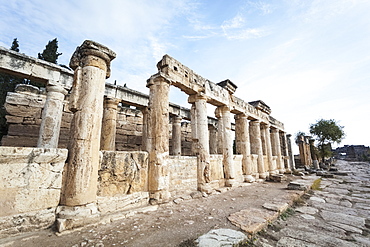
The Latrine, Built Prior To The End Of The First Century A.d. When It Collapsed Due To An Earthquake, Pamukkale, Turkey
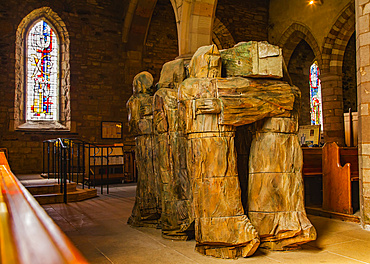
View from behind of a carved wooden statue depicting monks bearing the coffin of St. Cuthbert on their shoulders in the Lindisfarne Priory: Holy Island, Northumberland, England
